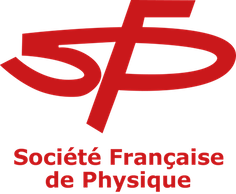Orateur
Description
The JEM-EUSO collaboration develops a series of balloon and orbital telescopes to detect transient UV emission from the Earth atmosphere, with the primary goal to study ultrahigh-energy cosmic rays from space. These detectors are wide field-of-view telescopes with high temporal resolution (1-2.5 μs) and sensitivity provided by a large aperture. One of these detectors is currently operating onboard the ISS (MINI-EUSO), one is planned to be launched in 2023 (EUSO-SPB2) and one is in preparation stage (K-EUSO). These projects use the same photo-detection modules (PDMs) composed of 36 multi-anode photomultiplier tubes with 2304 channels in total, used in single photon counting mode.
I will present the absolute calibration of the photodetection units of the EUSO-SPB2 mission, also revealing some previously unknown sub-pixel structures, associated with spatial variations in the photoelectron collection efficiency. The calibration of the three PDMs of EUSO-SPB2 was performed in a so-called “black box”, using light sources with controlled intensity. The method uses an integrating sphere illuminated by LEDs with a wavelength of either 375 or 405 nm, with a known fraction of the light flux directed towards the photodetectors and another fraction directed towards an absolutely-calibrated photodiode, read by a power-meter to monitor the light intensity at all times. The detection efficiency of all pixels was then obtained, after determining the optimal level of the discriminator used in the front-end electronics, pixel by pixel, providing the highest efficiency while ensuring negligible contribution of fake photoelectron counts from electronic noise.

